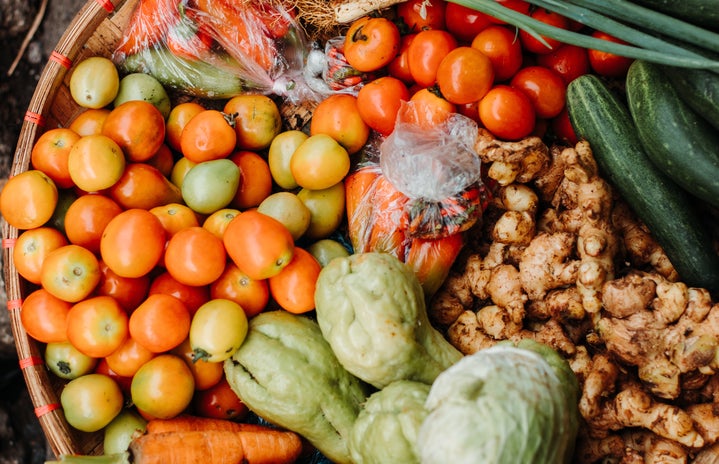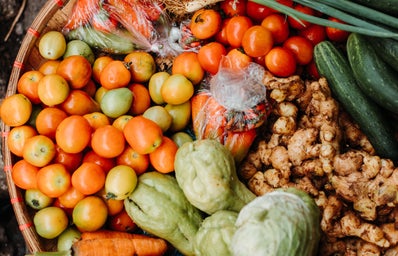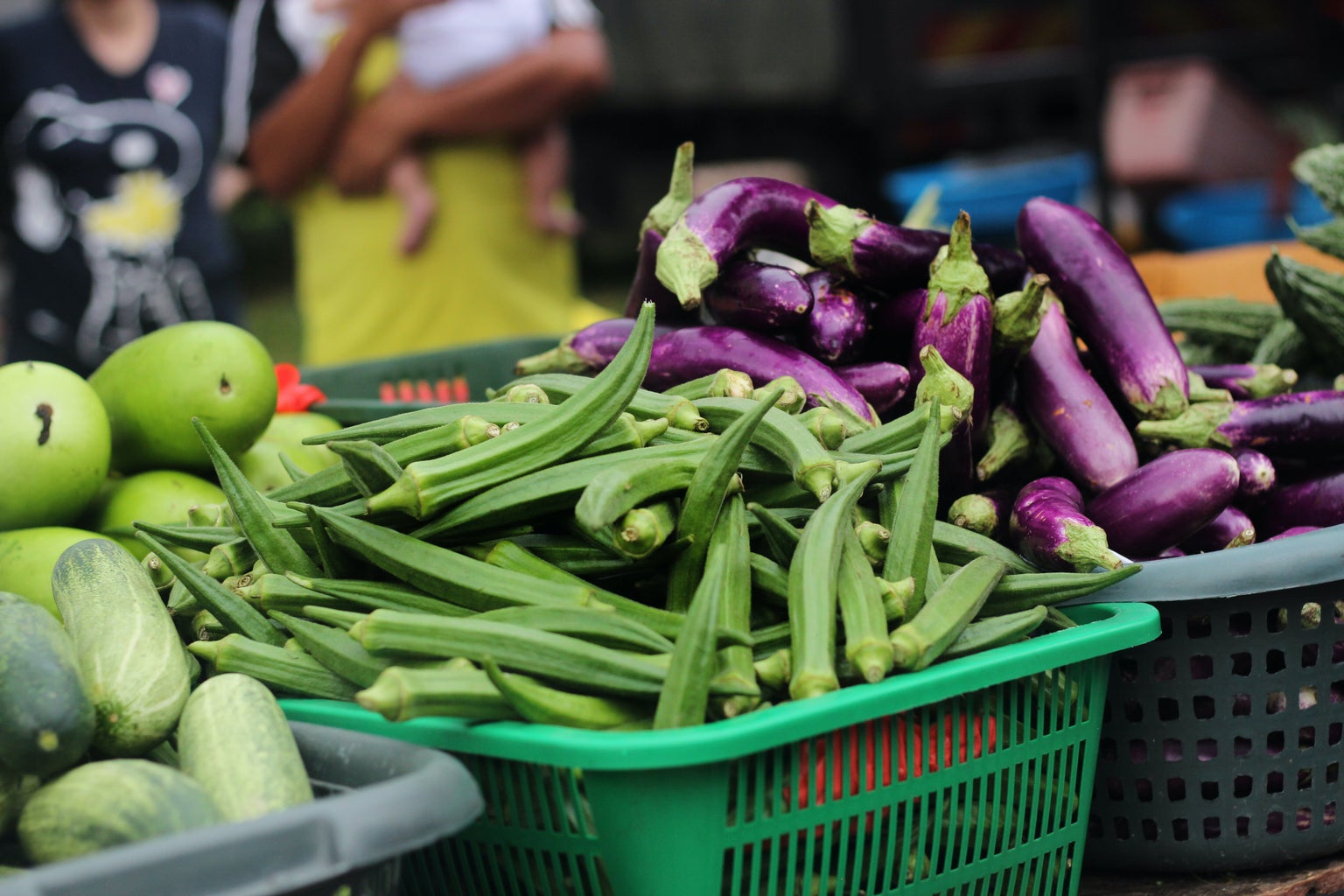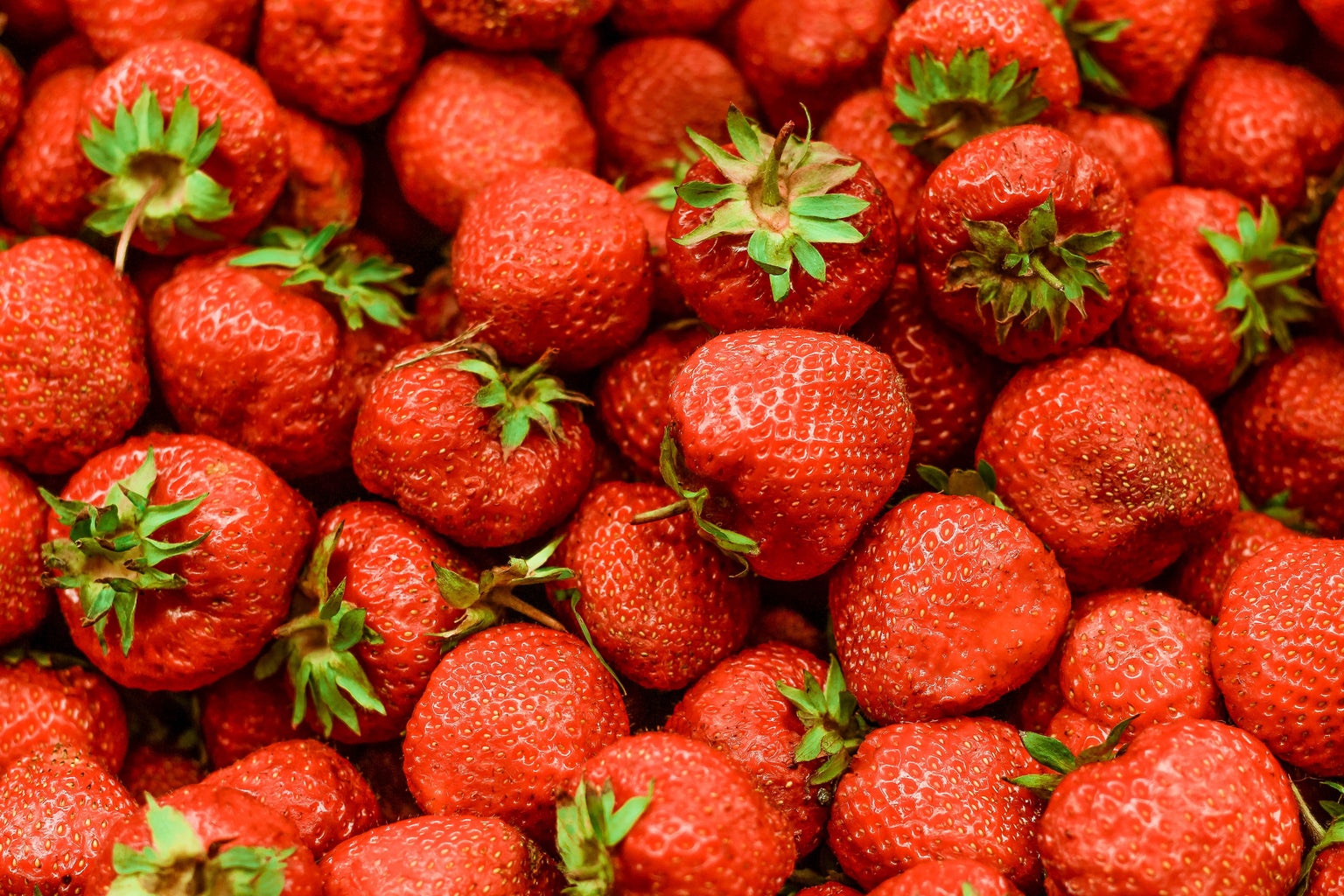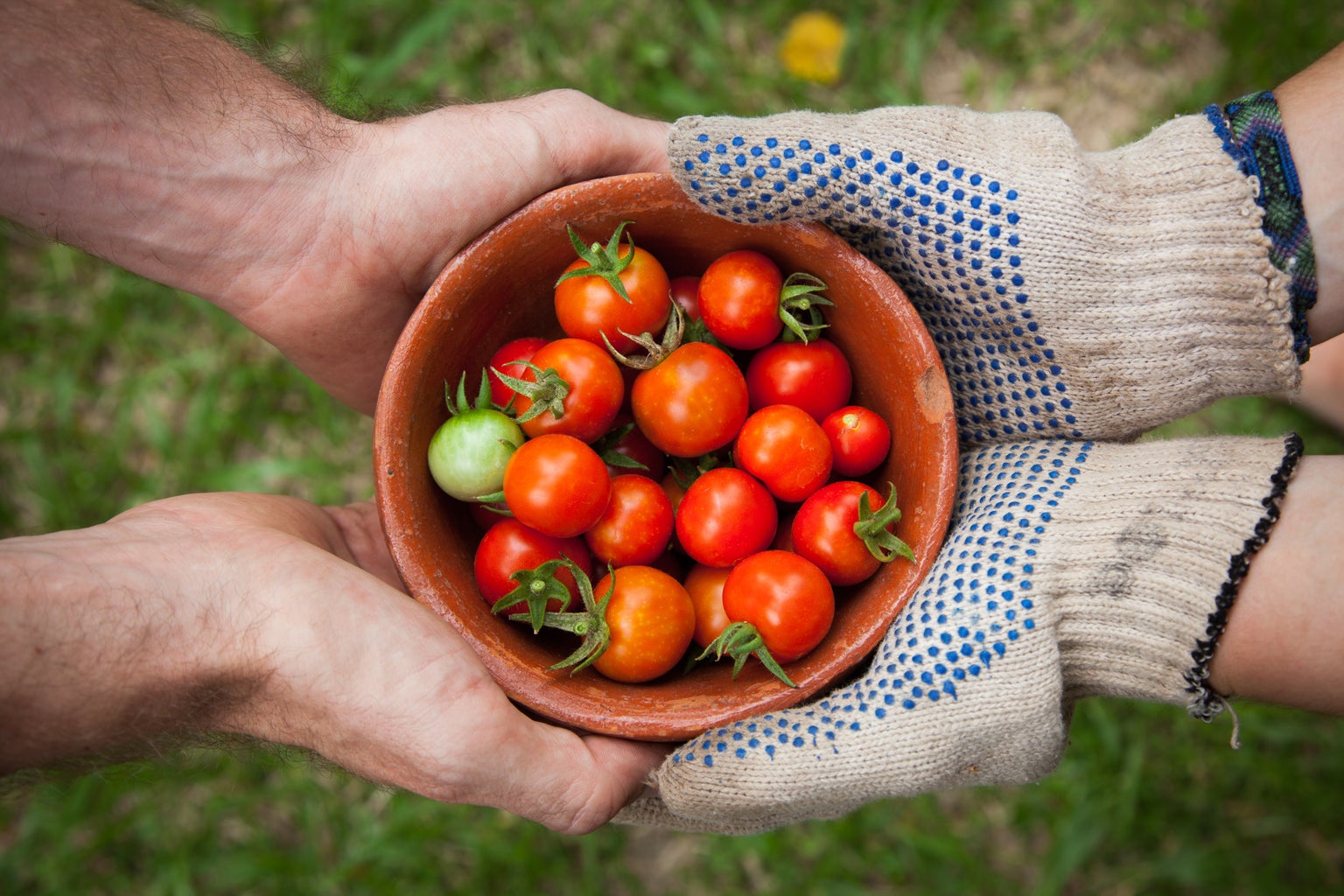We live in a world where we can eat any produce at any time we please. Craving cherries in the winter? Itching for broccoli in the summer? Not a problem. Your local grocery store has got you covered. In many ways, this is a blessing. Recipes do not have to be seasonally specific, and we can get very creative in the kitchen. Modern technology has allowed us to transport produce across the globe and manipulate the seasonal growing periods to work in our favor. But most of us do not even know when regional produce is actually in season. You might be asking yourself, Skylar, why does it matter? These are good things! I hear you, I hear you, but there are a multitude of benefits to eating local produce when nature decides it is time to be harvested.
Eating seasonally means eating the fruits and vegetables in your area that are harvested by local farmers in that season. For Floridians, this mostly includes produce that is grown in more tropical and warm climates. At the risk of sounding extremely pretentious, eating with the seasons is an ancient and simple practice that has become novel in our ever-evolving world. Without means like refrigeration and freezing to preserve food, it was the only option in the past. This lifestyle can improve your health and the environmental impact from the food you eat. Talk about a two for one deal! For example, a watermelon grown in the summer will have higher nutritional value and better flavor than a watermelon grown in the winter. To grow food outside of their natural growing window, farmers have two options. They must either import it from other parts of the world where the food is in season, which releases carbon emissions due to the vehicles that transport the produce, or they must artificially recreate suitable growing conditions, which uses ripening agents, fossil fuels, and an excessive amount of water. Some produce even have an edible film to protect it from rotting. Neither solution is as environmentally friendly as eating what is naturally in season.
Seasonal eating also supports local farmers. Buying from them directly, typically at a market or their farm, ensures that they are earning 100% of what you are paying for their product. It is so wholesome to have personal relationships with the people in your area who lovingly grow food for their communities and themselves. More than half of the fruit in the United States is imported from other countries, so eating from local farms makes me feel like a real member of my community and connected to those around me. As a caveat to everything I’ve mentioned thus far, food deserts are common and very real. If someone cannot connect with their local farmers and/or have access to fresh food, seasonal eating may not be realistic and that is absolutely okay. Do what you can.
You can find out exactly what is in season in your area using a simple google search. For this winter, Florida has many flourishing crops. You can expect to find these local varieties at the grocery store or farmer’s market:
- Bell peppers
- Lettuce
- Broccoli
- Grapefruit
- Guava (grows year-round in Florida)
- Cabbage
- Radish
- Strawberry
- Cauliflower
- Tangerine
- Celery
- Sweet corn
- Mushroom (grows year-round in Florida)
- Orange
- Eggplant
- Many more!
